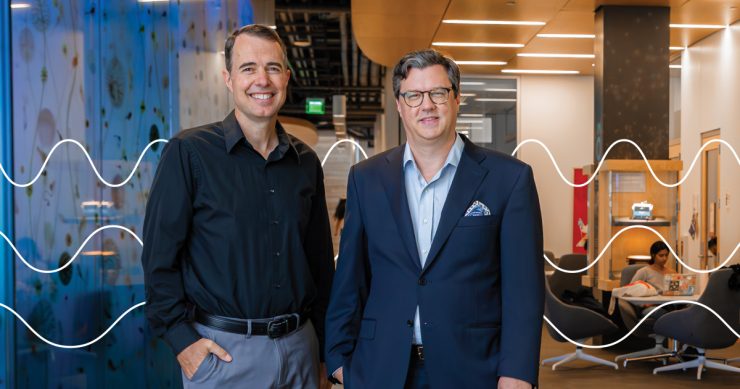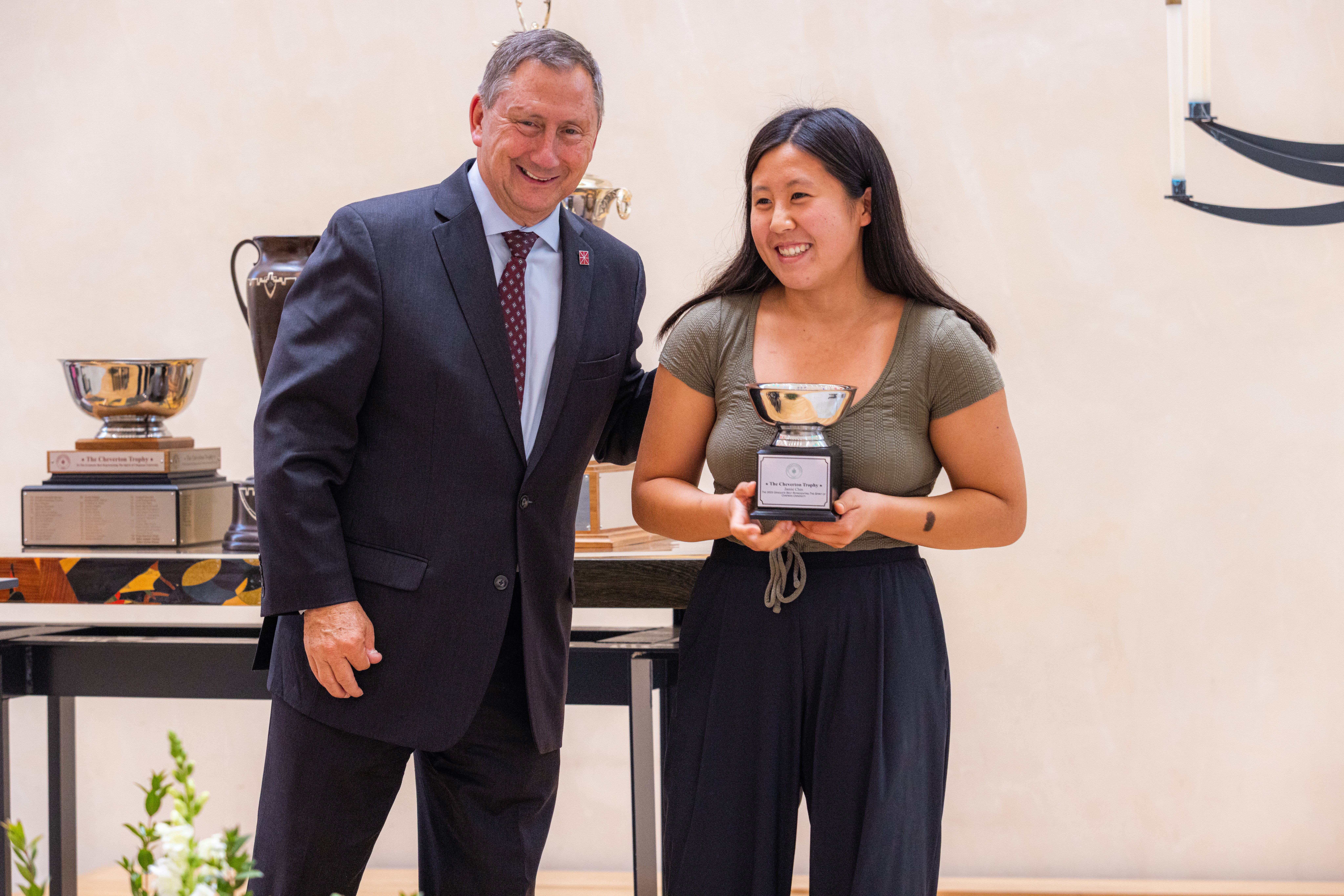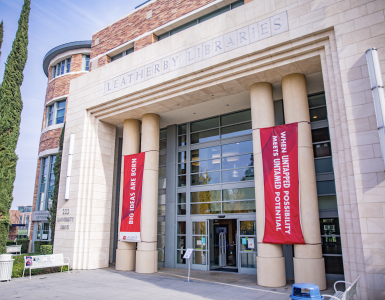It’s a familiar scene: A patient’s toothache prompts the dentist to order an X-ray, which is preceded by the perfunctory draping of a lead blanket around the patient’s body. This is done because X-rays are harmful: They can ionize atoms in the body and damage the molecular structures.
What if there were another way to image the patient’s teeth or bones without the deleterious effects of X-ray radiation?
This may one day be possible because of basic research into new interference radar function developed by a team of researchers from Chapman and other institutions. In the case of the sore tooth, the researchers’ long-wavelength radiation could theoretically take a picture with no tissue-damaging ionization — only minuscule heating of the body from absorption. According to the authors, it would be no more dangerous than using a cellphone.
The research resolves a 90-year-old problem that requires scientists and engineers to sacrifice detail and resolution for observation distance — underwater, underground and in the air. The previous bound limited the distance estimated between objects to approximately a quarter of the wavelength of radio waves; this technology improves the distance resolution between objects using radar waves.
Indeed, the researchers from the Institute for Quantum Studies at Chapman University, the Hebrew University of Jerusalem, the University of Rochester, the Perimeter Institute and the University of Waterloo have demonstrated range resolution more than 100 times better than the long-believed limit.
Read more:
Exploring Quantum Mysteries Drives
Chapman Institute Toward Breakthroughs
“We believe this work will open a host of new applications — in military, construction, archaeology, mineralogy and many other domains of radar applications — as well as improve existing technologies,” says John Howell, lead author of the article published in Physical Review Letters. “The possibility of efficient humanitarian demining or performing high-resolution, non-invasive medical sensing is very motivating.”
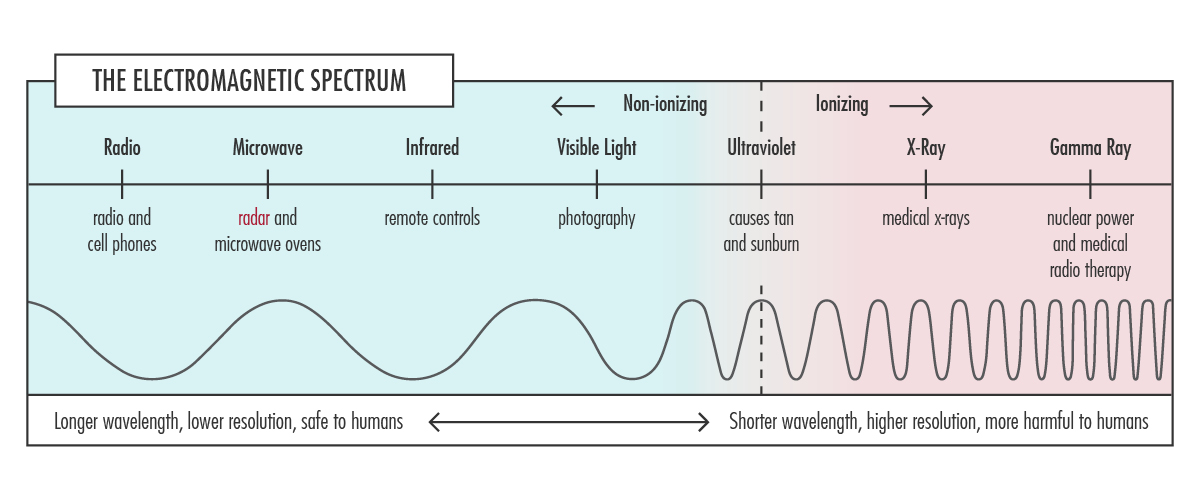 Proof of Principle
Proof of Principle
The experiment was carried out in the Howell Research Group lab using guided wave equipment. The object was simply two reflections off a short piece of cable, and the task was to determine the length of the cable using the reflected signal. The researchers were able to measure the shortest detectable length of cable to 100 times smaller than the inverse bandwidth (the traditional limit), and they were further able to measure the distance between the two objects to approximately 35,000 times smaller than the traditional bound.
The researchers plan to apply this technique to ground-penetrating radar for applications like landmine detection. To get the needed resolution to distinguish a landmine from, say, a rock, previously the wavelength of the radar waves needed to be much smaller than the size of the landmine, which is much closer to the microwave part of the spectrum.
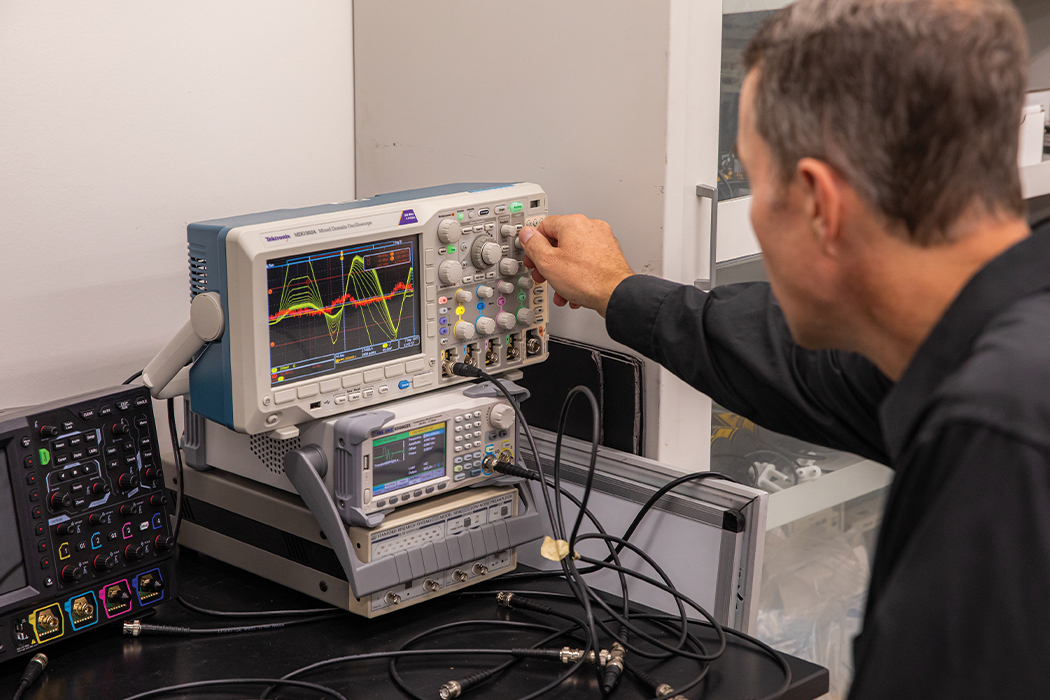 “However, as we know from our experience with microwave ovens, water absorbs this radiation very efficiently. This absorption effect leads to a rapid falloff of the intensity of the radiation as it enters the ground, so not enough signal returns,” says Andrew Jordan, director for the Institute of Quantum Studies at Chapman.
“However, as we know from our experience with microwave ovens, water absorbs this radiation very efficiently. This absorption effect leads to a rapid falloff of the intensity of the radiation as it enters the ground, so not enough signal returns,” says Andrew Jordan, director for the Institute of Quantum Studies at Chapman.
For example, a 2,000 MHz radio wave, corresponding to a wavelength of about half a foot, can only penetrate half a foot into wet clay or two feet into dry sand. On the other hand, 25 MHz radio waves can probe objects as deeply as 30 meters underground but with a resolution of several meters. Using their techniques, the researchers can measure resolution of less than 1 mm with 25 MHz radio waves.
Specially Crafted Waveforms
The breakthrough idea relies on the superposition of specially crafted waveforms. When a radio wave reflects from two different surfaces, the reflected radio waves combine to form a new radio wave. The research team uses purpose designed pulses to generate a new kind of superposed pulse. The composite wave has unique sub-wavelength features that can be used to predict the distance between the objects.
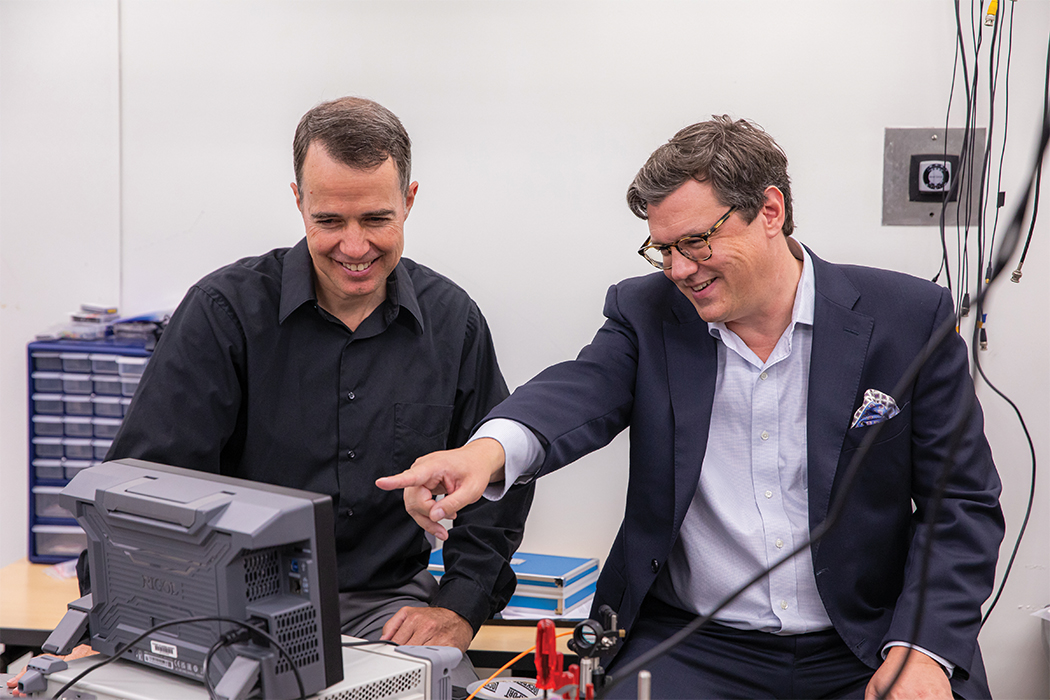 In radio engineering, interference is a dirty word and thought of as a deleterious effect. Here, we turn this attitude on its head and use wave interference effects to break the longstanding bound on radar ranging by orders of magnitude,” Jordan says.
In radio engineering, interference is a dirty word and thought of as a deleterious effect. Here, we turn this attitude on its head and use wave interference effects to break the longstanding bound on radar ranging by orders of magnitude,” Jordan says.
“In remote radar sensing, only a small amount of the electromagnetic radiation is returned to the detector. The tailored waveforms that we designed have the important property of being self-referencing, so properties of the target can be distinguished from loss of signal.”
Howell adds, “We are now working to demonstrate that it is possible to not only measure the distance between two objects, but also between many objects or perform detailed characterization of surfaces.”
The researchers have submitted a provisional patent application through Chapman University. “This first proof of-principle experiment opens a new area of research with many possible applications that can be disruptive to the multibillion-dollar radar industry. There are many new avenues to pursue both in theory and experiment,” says Jordan.
